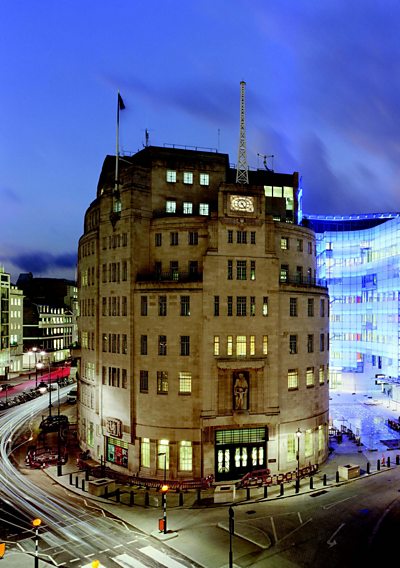Lesley was given the photo as a gift many years ago and doesn’t know its provenance – but it prompted the Prospero team to put together this timeline of its construction and redevelopment in later years.
Designed by Val Myer, Broadcasting House was the 91Èȱ¬’s first purpose-built home for radio broadcasting. It is situated in central London between Oxford Street and Regents Park, adjacent to John Nash’s All Souls' Church and is Grade II* listed.
Built of Portland stone, with nine floors above ground and three below, its central heavy masonry tower originally contained all the studios. A lighter steel-framed ‘shell’ provided acoustic buffering.
With its accentuated front section bearing a clock tower and aerial mast, the building has been compared to a ship. The Architectural Review of 1932 described it as the ‘new Tower of London’. It is strangely asymmetrical because Val Myer had to adapt his first plan, after local residents complained about the shadow the building would cast on houses in Langham Street and their loss of natural light.
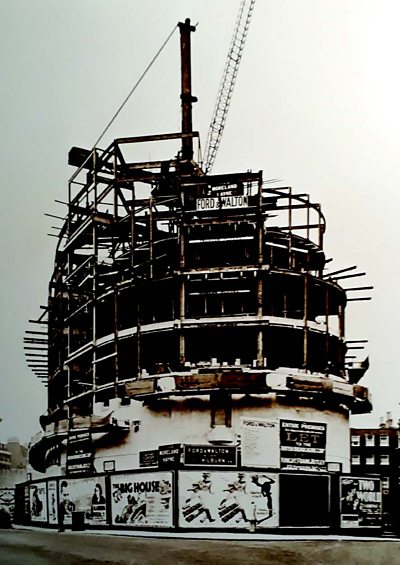
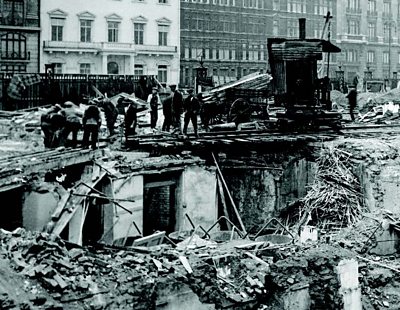
Artistic commissions
Artistic commissions adorn the building, notably Eric Gill’s statue over the front entrance of Prospero and Ariel. Ariel, as the spirit of the air, was felt to be an appropriate personification of the spirit of broadcasting.
The naked Ariel provoked comments about the size of his genitalia, prompting a question in the House of Commons on the offence to public morals caused by the image. It is said Gill was ordered to adjust Ariel’s dimensions to more decent proportions by the 91Èȱ¬â€™s first Director-General, John Reith. Of course, Gill remains a controversial figure to this day, with a man attempting to damage the statue earlier this year in protest at the artist’s paedophilia.
There is an additional Gill statue in the Art Deco reception of Broadcasting House. Called The Sower, it is once again a metaphor for broadcasting: as the sower casts seed so does broadcasting cast its messages and communications to its hopefully receptive listeners.
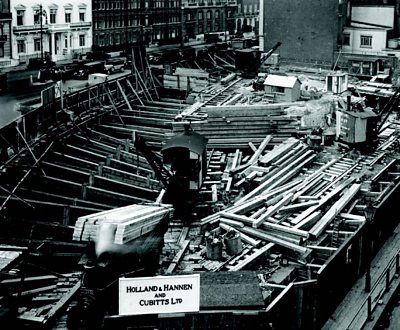
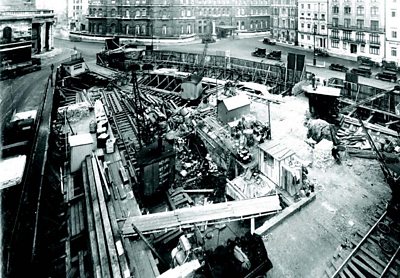
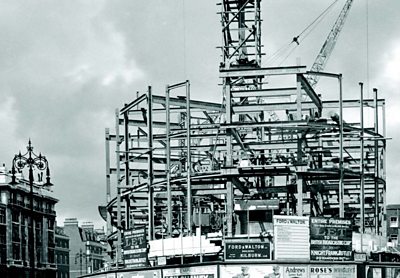
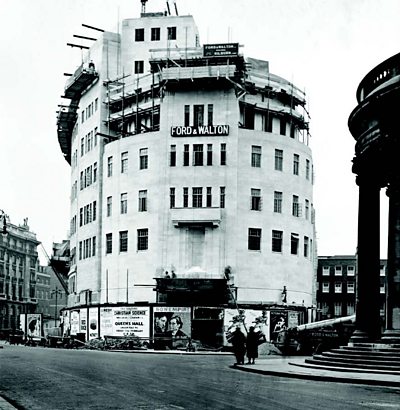
The reinvention of Broadcasting House
Broadcasting House was restored after being bombed twice during the Second World War and went through recent further renovation and extension.
A new East wing, built in the same Portland stone as the original Broadcasting House, is linked by a glass-fronted extension, allowing visitors and passers-by to witness the 91Èȱ¬'s daily activities. The glass was specially treated to create varied lighting effects throughout the day.
New Broadcasting House is now one of the largest live broadcast centres in the world, with facilities including 36 radio studios, six TV studios and 60 edit/graphic suites. It houses 91Èȱ¬ Radio, News and World Service.
Major artworks were commissioned as part of the new development. These include the new pavement artwork called ‘World’ and the glass and light ‘Breathing’ sculpture. The latter is an international memorial to reporters and crew who have died while reporting the news.
